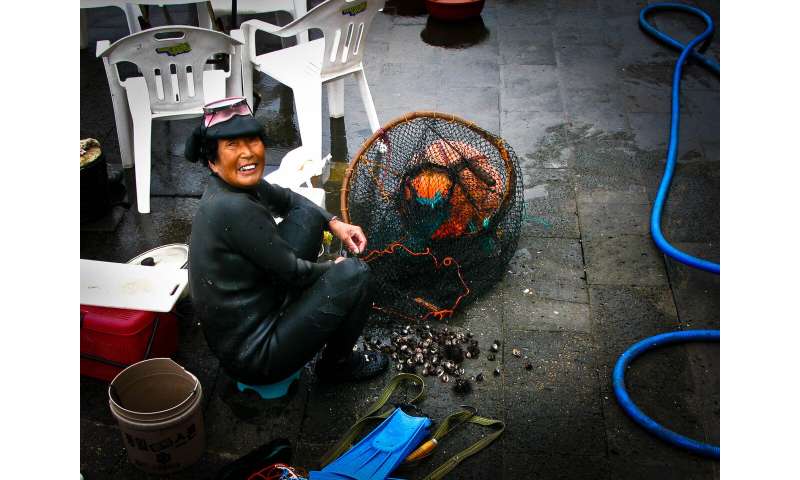Watchdog: FBI failed to correct issues identifying domestic terror threat

THE FBI SPENT TOO MUCH TIME CHASING
ECO TERRORISTS THAN WHITE SUPREMACISTS
In the report, Inspector General Michael Horowitz described multiple instances in which individuals who were identified by the FBI but had their cases dropped without further action went on to carry out terrorist attacks.
"Since September 11, 2001, [homegrown violent extremists] have carried out over 20 attacks in the United States, some of which occurred after the FBI closed a counterterrorism investigation or assessment on the individual," the report said.
The Justice Department describes a homegrown violent extremist or HVE as an individual in the United States who has been radicalized in the country andis not working directly with a foreign terrorist organization.
The investigation cited at least six attacks committed in the United States by individuals who had been previously assessed or investigated by the FBI between 2009 and 2017, including the attackers behind shootings in Fort Hood, Texas, in 2009 and Orlando's Pulse night club in 2016 as well as the 2013 Boston Marathon bombing.
An internal FBI document said the agency had a "fundamentally complete understanding of the HVE threat at a national level" and noted that it is extremely complex to determine whether individuals are planning to commit terrorist attacks or simply consuming terrorist propaganda.
After several of the attacks, the FBI conducted reviews into how they typically assess suspects who carry out those attacks but Horowitz said the FBI "did not ensure that all field offices and headquarters implemented recommended improvements and subsequent policy requirements.
The report says the FBI sought to review its assessment of potential threats in 2017 but found that nearly 40 percent of cases the FBI believed warranted further investigation went unaddressed for 18 months even after that time.
It also found that 31 percent of lone-actor terrorists have a documented history of mental illness but agents were restricted from opening actual federal investigations into individuals with identifiable mental health conditions, resulting in many not developing into terrorism cases.
"The concerns of these agents suggest that the FBI should ensure that it has a comprehensive strategy to document the information it receives about non-terrorist threats to public safety and to coordinate the sharing of such information to other assessment programs within the FBI and as importantly with external partners on the federal state and local level as permissible," Horowitz said.















